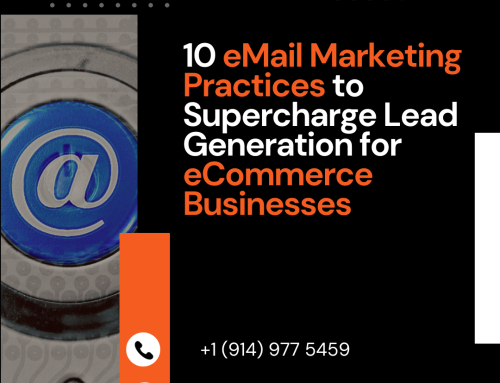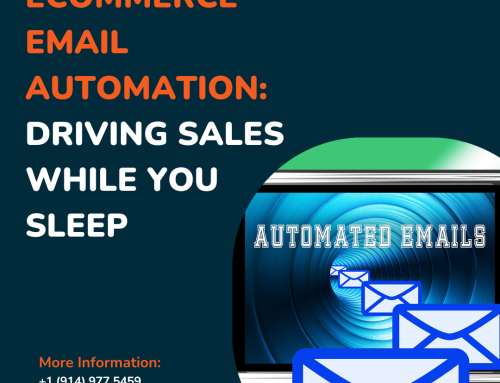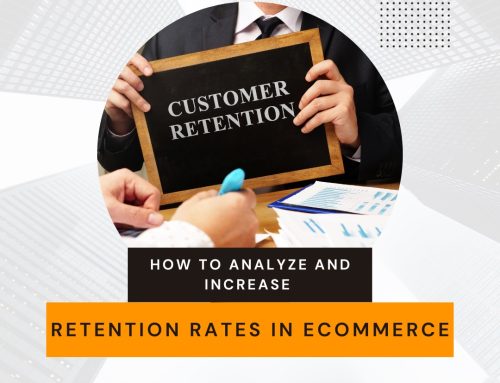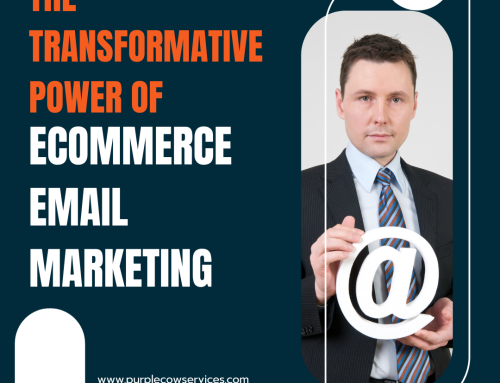eMail marketing is a powerful tool for eCommerce businesses to generate a high return on investment (ROI). By strategically leveraging eMail campaigns, businesses can effectively engage their audience, drive sales, and maximize their revenue.
Share This Story, Choose Your Platform!
In this comprehensive guide, we will explore proven strategies and best practices to help you maximize your ROI through eCommerce eMail marketing.
Understanding ROI in eCommerce eMail Marketing
ROI, or Return on Investment, is a critical metric that measures the profitability of your marketing efforts. In the context of eCommerce eMail marketing, ROI represents the revenue generated from your eMail campaigns relative to the investment made. Maximizing ROI requires a well-planned and executed eMail marketing strategy.
Building a Solid Foundation for eCommerce eMail Marketing
Defining goals: Start by clearly defining your goals for eMail marketing. Whether it’s increasing sales, driving website traffic, or nurturing customer relationships, your goals will guide your strategy and help you measure your ROI accurately.
Growing a quality eMail list: Focus on building a high-quality eMail list comprised of engaged subscribers who are interested in your products or services. Implement opt-in forms, lead magnets, and other strategies to attract and retain valuable subscribers.
Segmenting your audience: Segmenting your eMail list based on demographics, purchase history, and user behavior allows you to tailor your eMail content to specific customer segments. This personalization boosts engagement and drives conversions.
Crafting Compelling and Conversion-Focused eMail Content
Attention-grabbing subject lines: Craft compelling subject lines that entice recipients to open your eMails. Use action words, personalization, and a sense of urgency to capture their attention.
Clear and concise messaging: Keep your eMail content concise and easy to read. Use short sentences and paragraphs to convey your message effectively and avoid overwhelming your readers.
Compelling visuals: Incorporate visually appealing elements, such as product images or videos, to enhance the visual appeal of your eMails. Visual content can effectively showcase your products and encourage click-throughs.
Strategic placement of CTAs: Place clear and prominent call-to-action (CTA) buttons within your eMails. Use compelling and action-oriented language to guide your readers towards the desired action, whether it’s making a purchase or visiting your website.
Implementing Automation for Efficiency and Personalization
Welcome eMails: Automate welcome eMails to greet new subscribers and provide them with a warm introduction to your brand. Include valuable resources, exclusive offers, or a personalized discount code to encourage engagement from the start.
Abandoned cart reminders: Set up automated eMails to remind customers who have abandoned their carts to complete their purchase. Offer incentives like discounts or free shipping to entice them to return and convert.
Personalized product recommendations: Leverage customer data and purchase history to automate personalized product recommendation eMails. These recommendations showcase relevant products and increase the likelihood of upselling and cross-selling.
Analyzing and Optimizing Your EMail Campaigns for Better ROI
Track and measure key metrics: Monitor important eMail metrics such as open rates, click-through rates, conversion rates, and revenue generated. These metrics provide valuable insights into the effectiveness of your campaigns and allow you to identify areas for improvement.
A/B testing: Conduct A/B tests to experiment with different elements of your eMails, such as subject lines, visuals, CTAs, or eMail copy. Analyze the results to optimize your campaigns and improve your ROI.
Continuous improvement and optimization: Regularly evaluate your eMail marketing performance and make data-driven decisions to enhance your campaigns. Test different strategies, analyze customer feedback, and adapt your approach to maximize your ROI. Continuously refine your targeting, messaging, and design based on the insights gained from your analytics.
Leveraging Personalization and Segmentation
Segmentation based on customer data: Utilize the valuable customer data at your disposal to segment your eMail list effectively. Consider factors such as demographics, past purchases, browsing behavior, and engagement level. By sending targeted eMails to specific segments, you can deliver more relevant content and increase the chances of conversion.
Dynamic content personalization: Leverage dynamic content personalization to deliver highly personalized eMails. Incorporate dynamic elements such as personalized product recommendations, personalized offers, and personalized subject lines. This level of customization enhances engagement and drives conversions.
Lifecycle-based eMail campaigns: Implement eMail campaigns that correspond to different stages of the customer lifecycle. Create welcome eMails, post-purchase follow-ups, re-engagement campaigns, and loyalty rewards eMails. By nurturing relationships throughout the customer journey, you can foster loyalty and increase repeat purchases.
Optimizing eMail Timing and Frequency
Optimal sending times: Experiment with different sending times to determine when your audience is most responsive. Analyze engagement metrics to identify patterns and optimize your eMail schedule accordingly. Consider factors like time zones, industry-specific trends, and the preferences of your target audience.
Balancing frequency: Find the right balance between staying top-of-mind and avoiding eMail fatigue. Tailor your eMail frequency to match the preferences of your audience. Test different frequencies and monitor engagement metrics to strike the ideal balance that keeps subscribers engaged without overwhelming them.
eMail List Hygiene and Deliverability
Regular list cleaning: Maintain a clean and healthy eMail list by regularly removing inactive or disengaged subscribers. This practice improves deliverability, reduces the risk of being marked as spam, and ensures that your messages reach the intended audience.
Authentication and reputation management: Implement authentication protocols such as SPF (Sender Policy Framework) and DKIM (DomainKeys Identified Mail) to enhance your eMail deliverability. Monitor your sender reputation and address any issues promptly to maintain a positive reputation with ISPs (Internet Service Providers).
Conclusion
Maximizing ROI with eCommerce eMail marketing requires a well-crafted strategy, personalized content, automation, optimization, and a focus on delivering value to your audience. By implementing the strategies outlined in this guide, you can harness the power of eMail marketing to drive conversions, nurture customer relationships, and achieve impressive returns on your investment.
Remember to continually analyze your campaigns, test different approaches, and adapt your strategies based on customer behavior and preferences. With a thoughtful and data-driven approach to eCommerce eMail marketing, you can unlock the full potential of this powerful tool and take your business to new heights of success.
Unlock the true potential of your eCommerce business with Purple Cow‘s ROI-focused eMail Marketing service. Our expert team combines personalized strategies, automation, and optimization techniques to maximize your returns. From engaging content to targeted segmentation, we’ll help you drive conversions and nurture customer relationships. Experience the power of Purple Cow eMail Marketing and take your eCommerce ROI to new heights.
Share This Story, Choose Your Platform!
In This Blog:

















